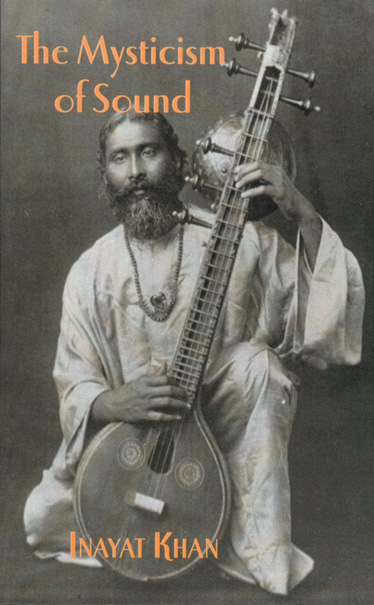
First published in 1923, this classic volume by the Indian Sufi mystic and musician Hazrat Inayat Khan (1882-1927) contains timeless teachings on the nature of vibration as the basis of all creation. In simple language this Indian musical master explores the essential mysticism of the science of vibrations and harmony and their effect in the world of human nature and relations. Transcending the barriers of religious traditions The Mysticism of Sound explores profound and universal truths in a personable and appealing fashion. One of the earliest works to suggest a common essence of mystical and scientific pursuits, The Mysticism of Sound has been a treasured companion to many seekers on the path of illumination.
Born in Baroda, India in 1882 (Hazrat) Inayat Khan was considered India’s greatest musician of the day. He was the first to bring both Indian music and Sufi mysticism to the western world in 1910. His writings and teachings have been continually in print since the early 1920’s and although his life was relatively short, his influence has continued to grow as his books and teachings are discovered anew by seekers on his path of love, harmony & beauty.
The life absolute from which has sprung all that is felt, seen and perceived, and into which all again merges in time, is a silent, motionless and eternal life... Every motion that springs forth from this eternal life is a vibration and a creator of vibrations...The human being is not only formed of vibrations, but lives and moves in them; they surround us as the fish is surrounded by water, and we contain them within as the tank contains water...Creation begins with the activity of consciousness, which may be called vibration ...Sound gives to the consciousness an evidence of its existence... All things being derived from and formed of vibrations have sound hidden within them, as fire is hidden in flint; and each atom of the universe confesses by its tone, ‘My sole origin is sound.’ If any solid or hollow sonorous body is struck it will answer back ‘I am sound.’
.
Nonfiction/Sufism
128 Pages
$15.95
6 x 9
Now available
customers
customers
customers